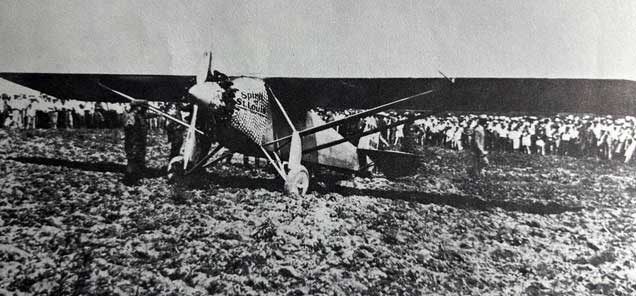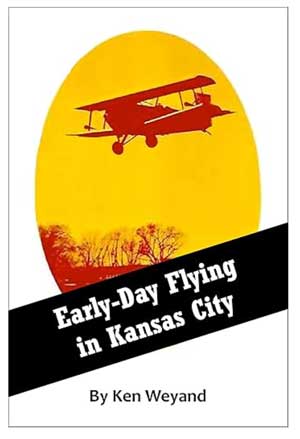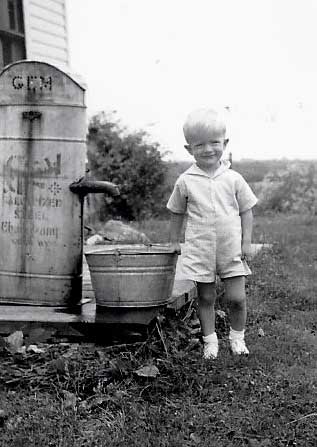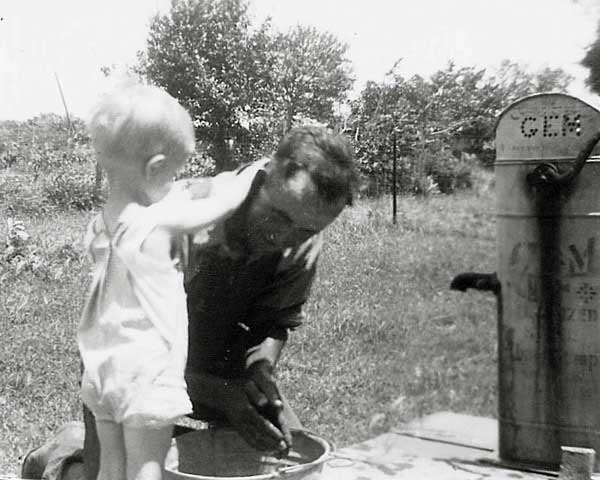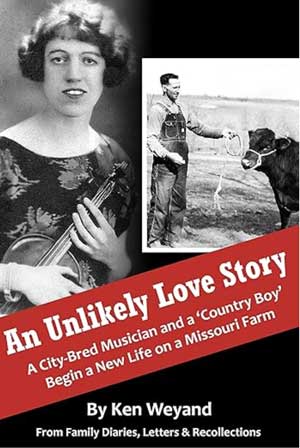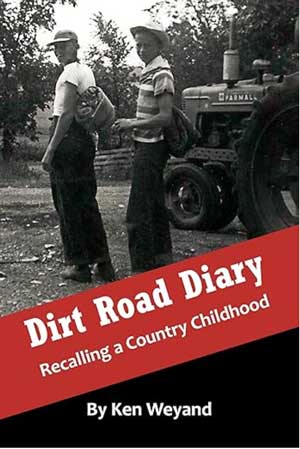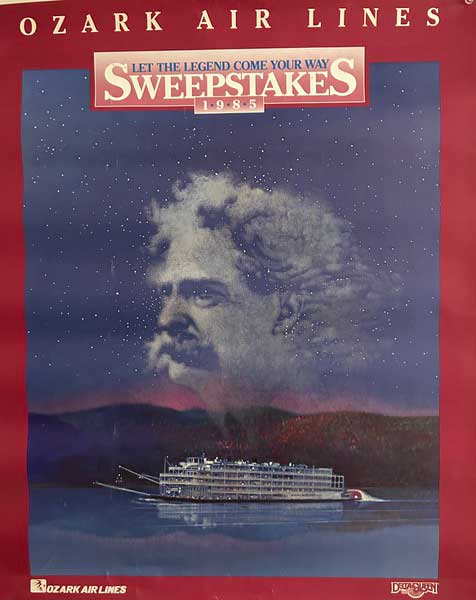Old childrens’ books show how times have changed
June 2025
Vintage Discoveries
Old childrens’ books show how times have changed
by Ken Weyand
Recently I found four old childrens’ books my mother had stashed away – curiosities of her early life after she moved with her parents to Kahoka, MO, where my grandfather became a rural mail-carrier. Born in 1895, she began her education when styles and customs were much different than today, and the books she saved offer a glimpse into that quaint era.
Three are marked with her name, including a tiny eight-pager, “Old Rip Van Winkle,” on linen stock with her name on the front. Its story is told with large type and colorful illustrations, using the inside-front and inside-back covers. It was published in 1898 by W.D. Conkey Co., a Chicago-based firm that also published the works of Sir Arthur Conan Doyle.
Another, “Swinging on the Gate,” a 12-pager with large type, is inscribed “To Mabel Forrester from her Sunday School Teacher, Mrs. Forrester.” Oddly, this would have been her mother. The book’s cover and back have four-color illustrations, with smaller black and white pictures on the inside pages. The inside covers are illustrated with alphabets and numbers. This little book has no publisher or date listed. Clothing styles indicate the period to be late 1800s.
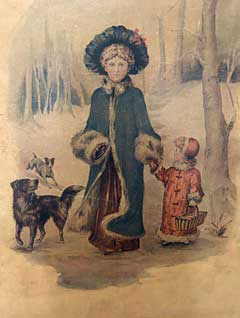
Illustrations show how much clothing styles have changed.
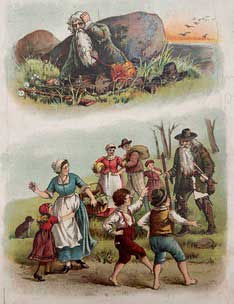
Small “Rip Van Winkle” book had colorful illustrations. (All images courtesy of the author)
A larger book, “Rosebud’s Letter and Other Stories,” published by D. Lothrop & Co., 1883, has no inscription. Its 32 pages are printed in large type, with many words unnecessarily hyphenated, encouraging the young reader to sound out each syllable. Its 28 illustrations are fascinating examples of Victorian sweetness and innocence that is hard to describe.
The fourth and largest book, “Legends of the Red Children,” has an inside-page inscription: “From Ila M. Burns to Mabel Forrester, June 5, 1901.” The date would have been my mother’s sixth birthday. Ms. Burns may have been a teacher or family friend. But the content of the book, published in 1897 by the Werner School Book Co., was subtitled “A Supplementary Reader for Fourth and Fifth Grade Pupils.” My mother probably would have had to wait a few years to read it.
The author was Mary Louise Pratt, an American educator, physician and writer who lived from 1857 to 1921, according to Wikipedia, who added she was the author of more than 40 children’s books, mostly relating to history and nature sciences.
The 128-page book is a collection of stories, beautifully illustrated and written from a child’s perspective, generally in the style of Longfellow. In fact, Longfellow’s “Song of Hiawatha” is reprinted as one of the “legends.” Today’s critics might be tempted to view the work as fostering stereotypes, but at least young readers in my mother’s day would find the work sympathetic to indigenous tribes, at a time when many writers portrayed them as “savages.”
Examples of “Legends” can be found online, with prices ranging from $8 to $34. Amazon sells reprinted copies; the softback version is offered at $20.95.
Ken Weyand is the original owner/publisher of Discover Vintage America, founded in July 1973 under the name of Discover North.
Ken Weyand can be contacted at kweyand1@kc.rr.com Ken is self-publishing a series of non-fiction E-books. Go to www.smashwords.com and enter Ken Weyand in the search box.


